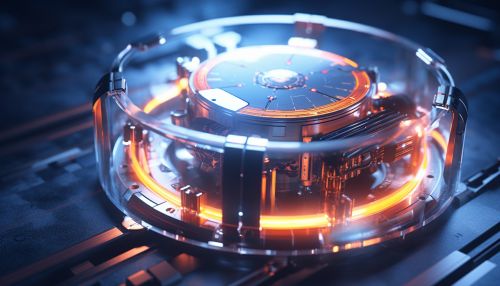The Physics of Quantum Electronics
Introduction
Quantum electronics is a branch of physics that focuses on the behavior and effects of electrons in a quantum state. This field is primarily concerned with the study of quantum phenomena such as superposition and entanglement, and their applications in electronic devices.
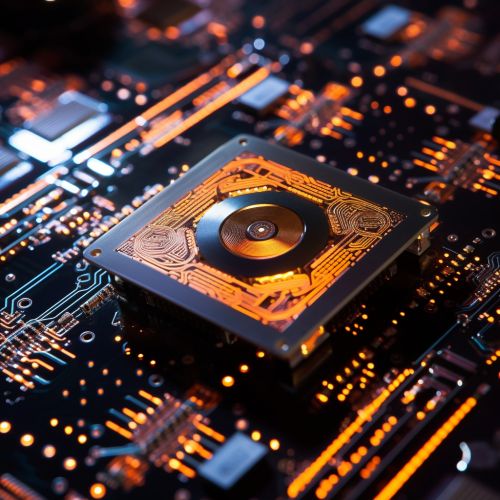
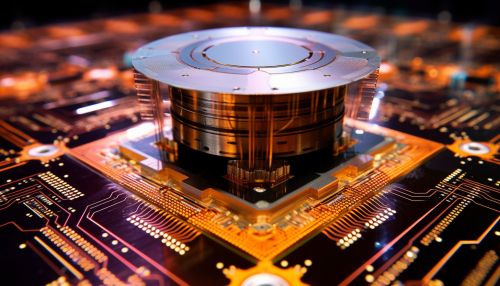
Quantum Phenomena
Quantum phenomena are physical phenomena that are explained by quantum mechanics. These phenomena include superposition, entanglement, and tunneling, among others.
Superposition
Quantum superposition is a fundamental principle of quantum mechanics that allows particles to be in multiple states at once. This is a key feature of quantum electronics, as it allows for the development of devices that can perform multiple operations simultaneously.
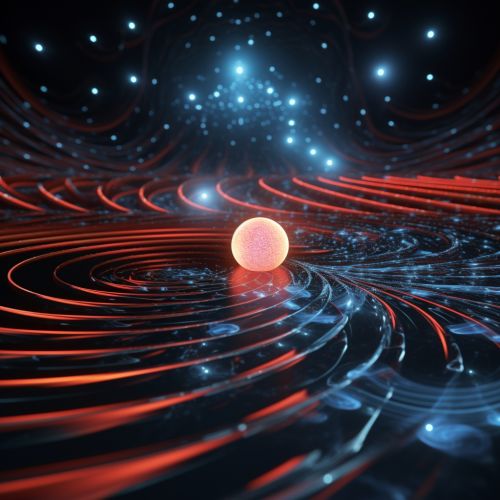
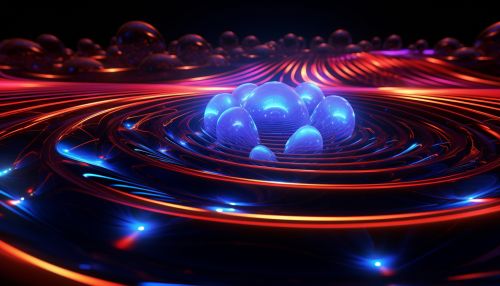
Entanglement
Quantum entanglement is a phenomenon in which two or more particles become interconnected, such that the state of one particle is directly related to the state of the other, regardless of the distance between them. This phenomenon has significant implications for quantum electronics, particularly in the field of quantum communication and computing.
Tunneling
Quantum tunneling is a quantum mechanical phenomenon where a particle can pass through a potential barrier that it would not be able to in classical mechanics. This phenomenon is utilized in many quantum electronic devices, such as tunnel junctions and scanning tunneling microscopes.


Applications of Quantum Electronics
The principles of quantum electronics are applied in various fields, including computing, communication, and sensing.
Quantum Computing
Quantum computing is a field that utilizes quantum phenomena to perform computations. Quantum computers use quantum bits, or qubits, which can exist in a superposition of states, allowing them to perform multiple calculations at once. This gives quantum computers the potential to solve certain problems much more efficiently than classical computers.
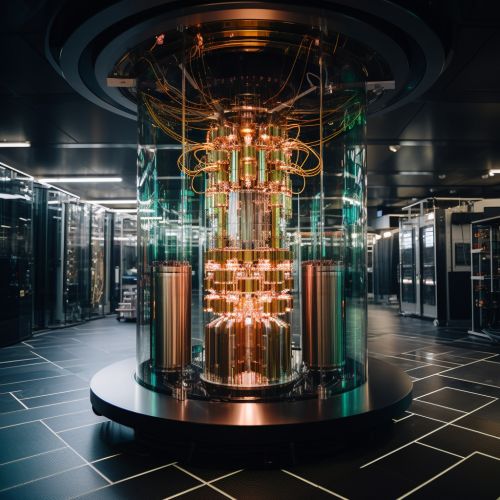

Quantum Communication
Quantum communication is a field that uses quantum phenomena to transmit information. The most well-known application of quantum communication is quantum cryptography, which uses the principles of quantum mechanics to secure communication. Quantum entanglement is also used in quantum communication to create a secure link between two parties.
Quantum Sensing
Quantum sensing is a field that uses quantum phenomena to measure physical quantities. Quantum sensors can measure quantities such as time, frequency, and magnetic fields with unprecedented precision. These sensors have applications in various fields, including navigation, medical imaging, and fundamental physics research.
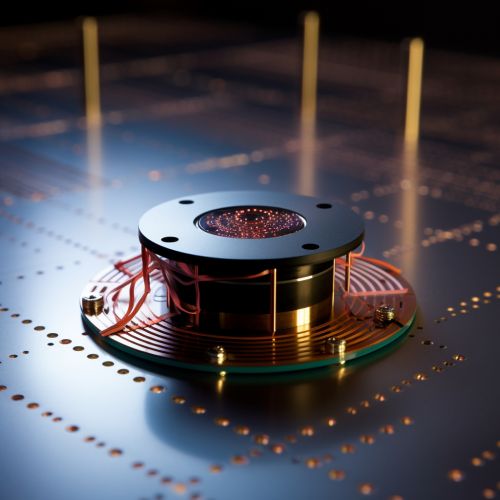
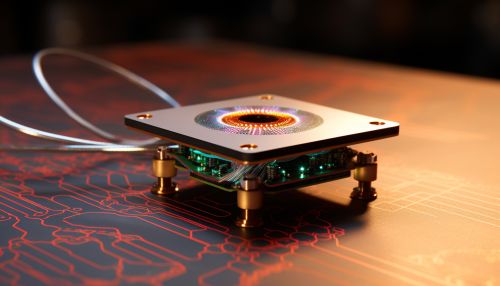
Future of Quantum Electronics
The field of quantum electronics continues to evolve, with ongoing research in quantum computing, communication, and sensing. As our understanding of quantum phenomena deepens, new applications of quantum electronics are likely to emerge.

